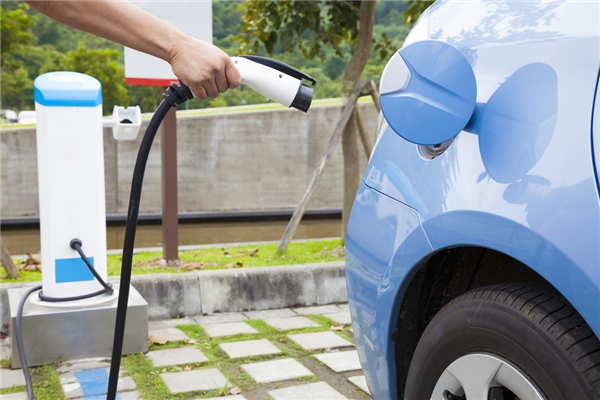As the quite hum of electric vehicles (EV) continues to rise on our streets, public interest in making them part of our daily life is also going up. As a plug-in hybrid owner, I routinely get asked questions about ownership. The most often one being “How long does it take to charge?” and any EV owner can tell you, there isn’t really a straightforward answer.
There are many different standards that have emerged in the market based on region, market demand, technology availability and vehicle manufacturer. So, for me, the answer to the last question of charging length is four to 12 hours. For a Nissan Leaf owner it can be even more confusing since the answer is 30 minutes to 22 hours.
So why the large discrepancy? To fully unravel this topic, we need to take a step back and look at battery charging versus capacity and how this effects charge times. Most EVs rate their battery capacity in range, which provides a great metric to determine vehicle suites your needs when buying, it doesn’t tell the whole story. We really need to know how much energy is in the battery. The actual battery capacity is measured in kilowatt hours or how many hours it would last when powering a one kilowatt load. For the Leaf mentioned earlier, the battery is 24 kWh and the Volt that I have has a 16.5 kWh battery.
The energy storage capacity is great for telling us the discharge times, but it also works in reverse to tell us the charge times. If we charge the battery in the Leaf (24 kWh) with a 1 kW charger, it will take 24 hours to fully charge. If we have a 50 kW charger, that time will be closer to 30 minutes. While there are some efficiency losses in the process, this rate is a good enough metric. To put these power numbers in perspective, a typical household power outlet in North America can only provide about 15 kW (and that’s being generous and ignoring losses in the wiring). This is from a 120 VAC line rated for 15 A, which comes to 1.8 kW. Most homes have a total capacity of 100-150 A but have 240 VAC (split phase), which means they can pull about 36 kW of total power from the grid.
So, pulling a large amount of power via a home grid connection isn’t unreasonable, especially if charging is done at night when power usage is lower. In the case of a direct grid connection to the vehicle, the AC to DC converter is onboard the car itself. This means that a very high power converter must be integrated into the car, and can quickly become the limiting factor in how quickly a car can charge.
To put this into a bit of perspective, let’s use the two vehicles mentioned earlier as examples. On a 220V connection, the Leaf takes 4 hours to charge, while the Volt, even with its smaller battery, takes 4.25 hours. This is due to the onboard AC to DC converter. The one installed on the Leaf is capable of using a 40 Amps circuit with its onboard 6.6 kW charger. The Volt on the other hand can only use a 30 Amp circuit with its 3.3 kW charger. The technical details behind choosing an appropriate onboard charger are beyond the scope of this post, but we can see how much of an impact it can have on EV ownership. See: EV Charging for reference designs.
Regardless of the vehicle used, we can see that they require a substantial amount of power. This must be delivered to the vehicle safely and connections must operate across multiple manufactures if the infrastructure is to work. In the next post in this series, we’ll delve into the standards behind the charging stations that are beginning to pop up everywhere and explore how it is possible to get this much energy into a vehicle safely and reliably.
Additional resources:
- Hybrid and electric vehicle solutions guide
- Developing a smart HEV / EV infrastructure-based charger around a single processor
- Part 2: Untangling electric vehicle chargers – Exploring standards
- Part 3: Untangling electric vehicle chargers - Level 3

